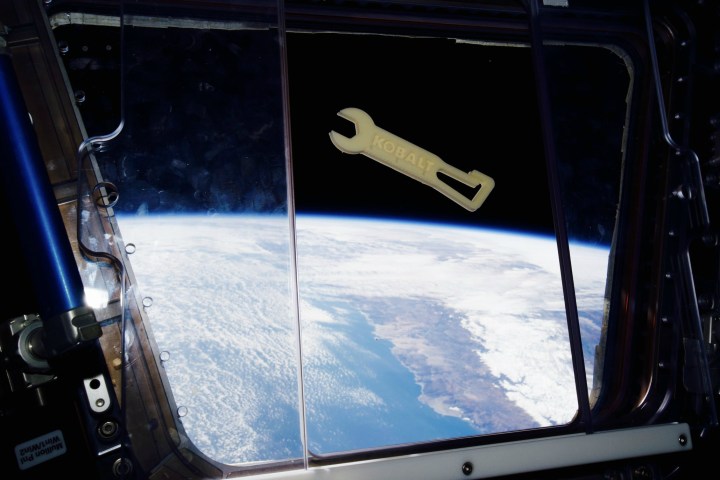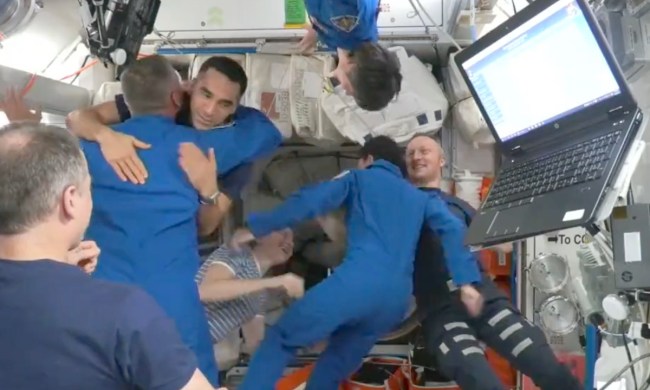
Last year, ISS astronauts made headlines when they used the first 3D printed tool ever created in space — but this tool wasn’t without limitations. Due to the extremely harsh conditions in the vacuum of space, NASA’s 3D printed tools have largely been limited to use within the station itself. But now, the technology is set for another giant leap. 3D printing startup Made in Space has reportedly developed a new material that can be used not only inside the ISS itself, but also in the harsh vacuum of space.

The new material — made from polyetherimide/polycarbonate (known as PEI/PC) — is several times stronger than traditional plastics currently printed on the ISS.
“In a vacuum, [PEI/PC] is not going to [emit particles], it’s resistant to the UV environment, it’s resistant to atomic oxygen, so it can perform actual uses in space,” explained Made In Space vice president, Matt Napoli.
Not only can this sturdy plastic be used to print stronger tools, the material could also be used to create spare exterior parts for the ISS. In the future, Made In Space intends to use the ISS as a launch pad for small satellites printed in-situ.
The company is currently testing a 3D printer, Archinaut, that has the ability to operate entirely outside of the station. This system will be launched to the ISS in 2018, and could be used to make the first 3D printed satellite ever created in orbit.


